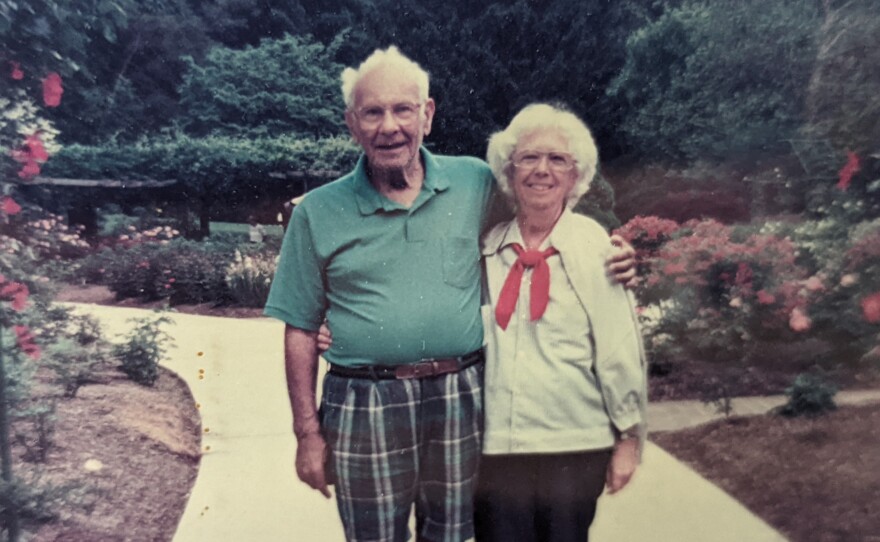In the span of a few months, Howard Gleckman became a caregiver for both his father and father-in-law, who each required long-term medical and home care.
Although overwhelmed, Howard was confident that he could coordinate the care each parent needed. His father-in-law moved to Maryland, where Howard lives with his wife, and Howard flew to Florida every other weekend to see his father.
As the reality of providing serious care for two aging parents set in, Howard encountered a briar patch of medical offices and elder-care facilities.

“I was a journalist, my wife was a lawyer, we were very good at asking questions. It's sort of what we both did for a living. But we discovered that the world of long term care is impenetrable for people who are not experts.”
Since then, Howard has been writing about the world of institutional elder care, trying to make sense of its convolutions for caregivers like himself. It’s a never-ending task, given how many forms of elder care there are and how loosely they are defined.
“There's about 14 million people who need long term care, and about 700,000 of them live in a nursing home. So then everyone else lives in all of these different settings.”
Those other forms of assisted living can vary from small group homes run by religious nonprofits to huge facilities owned by real estate investment firms, and distinguishing between the types of long-term care available can take hours of research.
In this episode of Twenty-Four Seven: A Podcast About Caregiving, Howard breaks down some of his research into the elder care industry and the firsthand experiences that motivated him.




